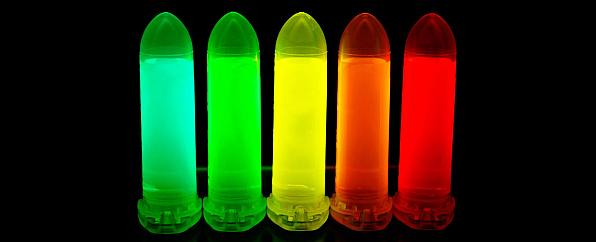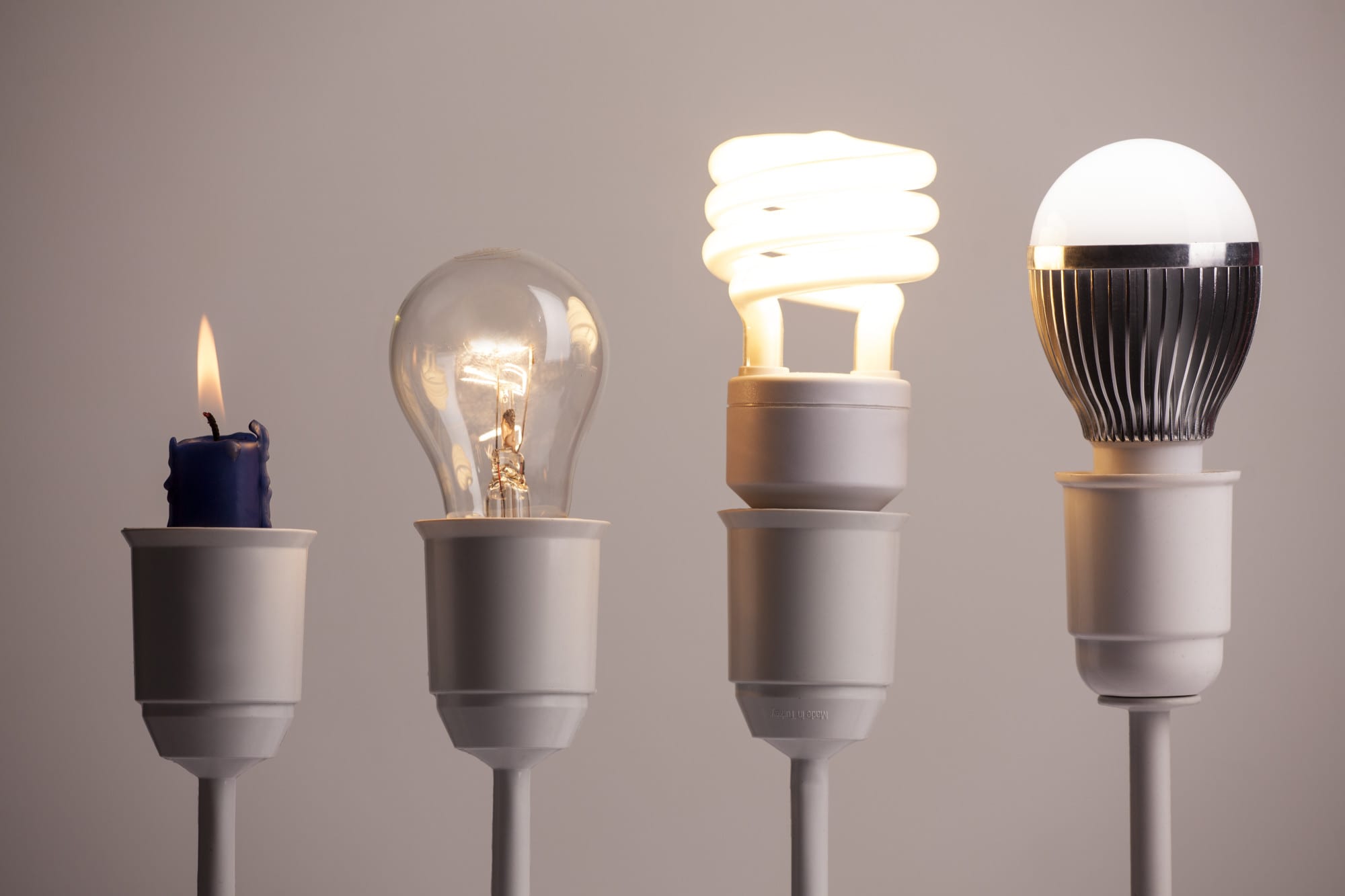What is Fluorescence? Office for Science and Society - McGill
Par un écrivain mystérieux
Description
Fluorescence is the ability of certain chemicals to give off visible light after absorbing radiation which is not normally visible, such as ultraviolet light. This property has led to a variety of uses. Let's shed some further light on this topic; consider the omnipresent "fluorescent" lights. Just how do they work? Fluorescent tubes contain a small amount of mercury vapor. The application of an electric current causes a stream of electrons to traverse the tube. These collide with the mercury atoms which become energized and consequently emit ultraviolet light. The inside of the tube is coated with a fluorescent material, such as calcium chlorophosphate, which converts the invisible ultraviolet light into visible light. The same idea is used to produce color television pictures. The screen is coated with tiny dots of substances which fluoresce in different colours when they are excited by a beam of electrons which is used to scan the picture. But fluorescent materials had practical uses even before we dreamed of color television. One of the most amazing of all fluorescent materials is a synthetic compound, appropriately called fluorescein. Under ultraviolet light it produces an intense yellow-green fluorescence which during World War II was responsible for saving the lives of many downed flyers. Over a million pounds of the stuff were manufactured in 1943 and distributed to airmen in little packets to use as a sea marker. Since the fluorescence is so potent that it can be seen when the concentration of fluorescein is as little as 25 parts per billion, rescue planes easily spotted the men in the ocean. Aircraft carriers also made extensive use of fluorescein. The signal men on deck wore clothes and waved flags treated with the compound which was then made to glow by illumination with ultraviolet light. The incoming pilots could clearly see the deck and the need to use runway lights which would have drawn the attention of enemy aircraft was eliminated. Certain natural substances also fluoresce under ultraviolet light. Urine and moose fur are interesting examples. Prisoners have actually made use of this property of urine and have used it as a secret ink. What about the moose fur? Well, in Canada and Sweden there are hundreds of accidents each year involving the collision of automobiles with moose. Some of these result in fatalities. Some car manufacturers are now considering fitting their vehicles with UV emitting headlights to reduce moose collisions! How's that for putting the right chemistry to work.

Environment Office for Science and Society - McGill University

Faculty of Medicine & Health Sciences - Graduate Program Discovery Night

Frontiers Research landscape of exosomes in platelets from 2000 to 2022: A bibliometric analysis

Undergrads Address their Science Questions at Poster Showcase – Teaching for Learning @ McGill University
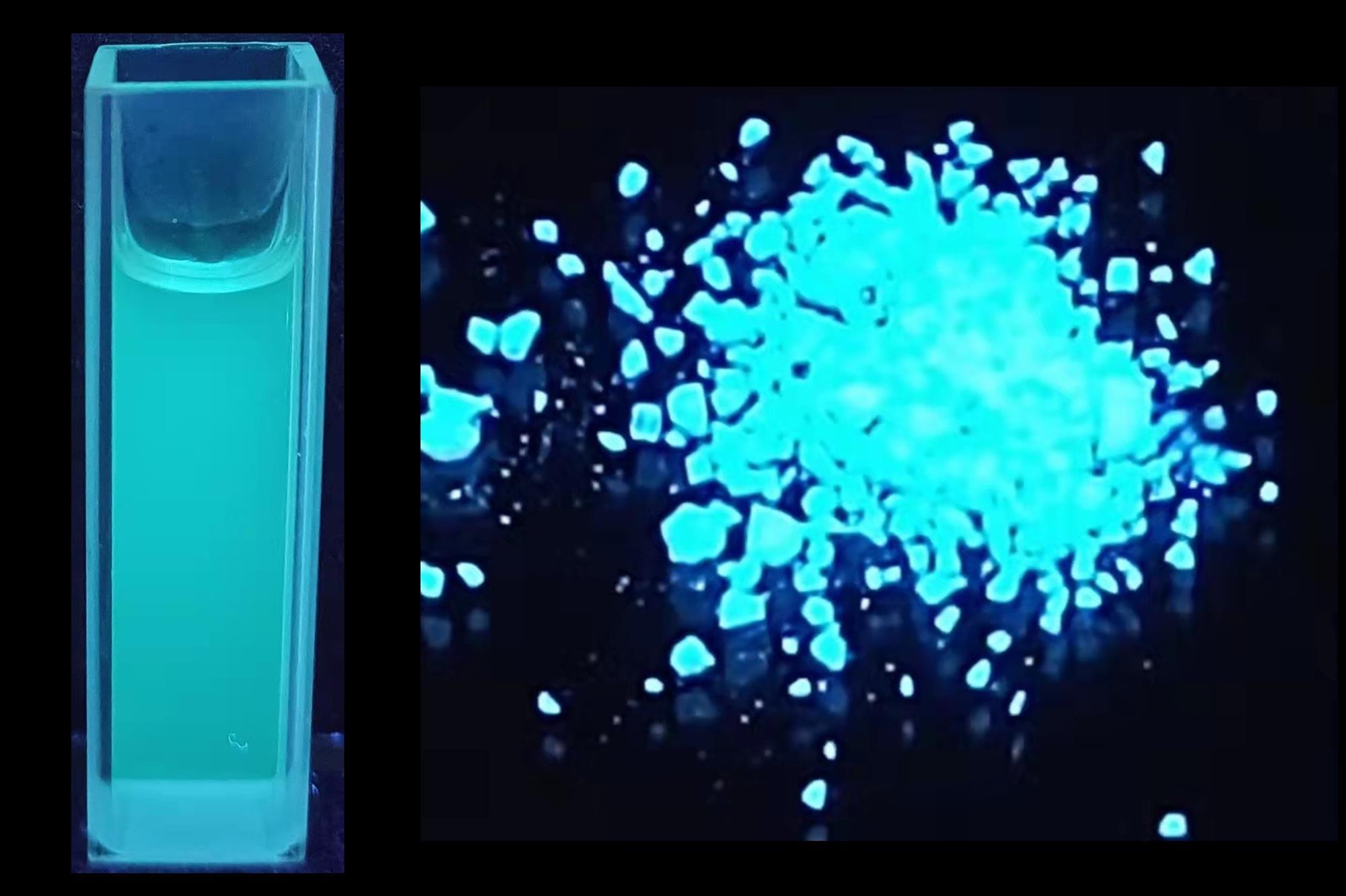
Orange climbers make fluorescent blue molecules, Research

Articles by Joe Schwarcz Phd Office for Science and Society - McGill University

EVENTS — EMGSS
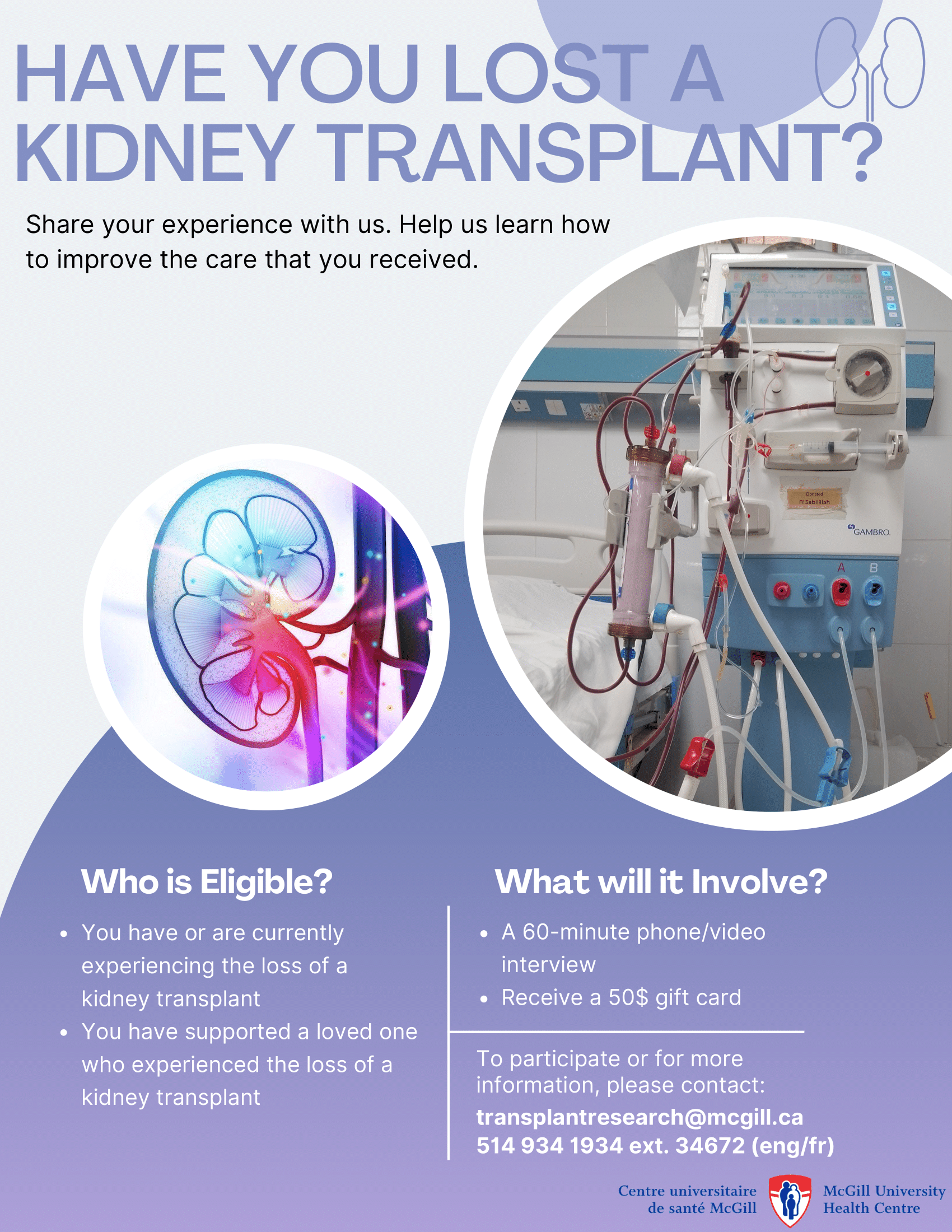
Study Recruitment: Optimizing Care for Kidney Transplant Recipients Who Experience Graft Loss: A Forgotten Cohort – Canadian Donation and Transplantation Research Program
The McGill Daily Vol. 51 No. 019: October 19, 1961 : McGill University, Daily Publications Society, : Free Download, Borrow, and Streaming : Internet Archive

MSURJ 2020-2021 by McGill Science Undergraduate Research Journal - Issuu
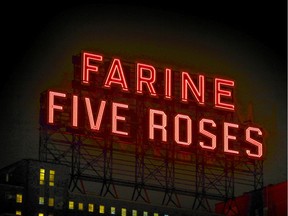
The Right Chemistry: A journey through the history of neon

Frontiers Integrating Multidisciplinary Observations in Vent Environments (IMOVE): Decadal Progress in Deep-Sea Observatories at Hydrothermal Vents

Chemical Society Seminar: Francois St-Pierre - Evolved fluorescent indicators to monitor neuronal voltage dynamics in vivo
depuis
par adulte (le prix varie selon la taille du groupe)
